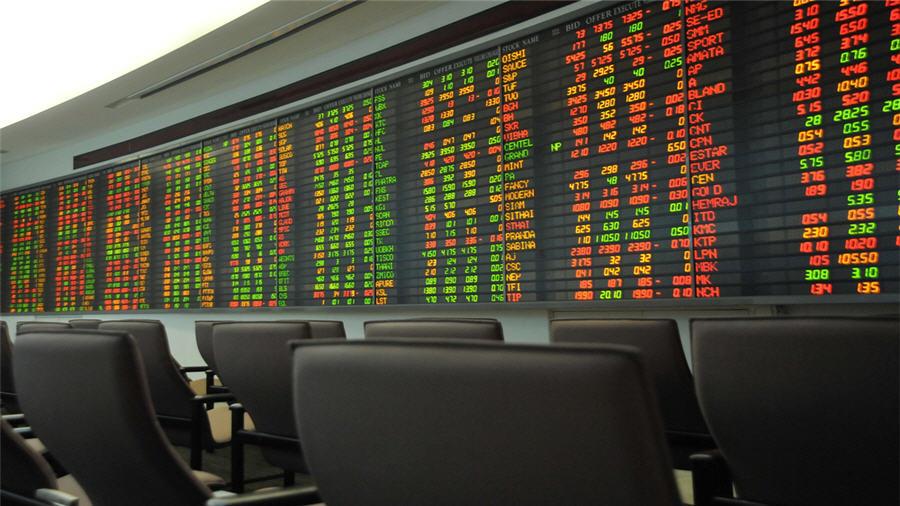
Investment flows into commodity funds so far this year have hit a record high, bolstered by a recovery in global economic activity and stimulus measures from governments around the world.
According to Refinitiv Lipper data, commodity mutual funds have attracted a cumulative inflow of $7.9 billion in the first four months of the year, which is a record high.
“Fund flows into commodity funds were strong early this year, retreated mid-March amid worsening virus news and have recently picked up again on better vaccine news,” said Robert Minter, an investment strategist at Aberdeen Standard Investments.
“Investors want to participate in the economic reopening and have purchased commodity funds as part of a cyclical trade.”
US bank Goldman Sachs expects commodities to rally another 13.5% over the next six months
Investors have also put money into commodity funds as a hedge against rising inflation levels as governments print more cash to support their economies.
Fidelity SAI inflation-focused fund, which has 12.3% of its holdings in gold and 8.3% in Brent crude oil, as per Refinitiv data, led the trend with net inflows worth $1.6 billion this year.

Base metals such as copper and aluminum have surged as governments spent more money on green projects.

Copper and aluminum are a major component in electric vehicles, and solar and wind turbines.
However, the rally in copper prices is likely to stall in the second half of the year as top consumer China reins in stimulus spending, a Reuters poll showed last week.
US bank Goldman Sachs expects commodities to rally another 13.5% over the next six months on a worldwide reversal of coronavirus curbs, lower interest rates and a weaker dollar.
Funds that invest in agricultural commodities also have seen strong inflows this year.

Corn and soybean prices have been trading near 8-year highs due to a recovery in demand and supply shortages, with dry weather hurting output in Brazil.
Sal Gilbertie, president and CEO at Teucrium Trading, pointed to how little correlation grain prices have with the S&P 500 stock index and to the fact that grains had outperformed the S&P in 11 of the last 12 declines of greater than 10%.
Meanwhile, lumber prices have jumped more than 80% this year to record highs due to tightened supply and a surge in construction activity in the United States.
The iShares Global Timber & Forestry ETF has seen inflows of $70 million in the first four months of 2021, after an outflow of $13.8 million last year.
(By Patturaja Murugaboopathy; Editing by Vidya Ranganathan and Hugh Lawson)
Comments